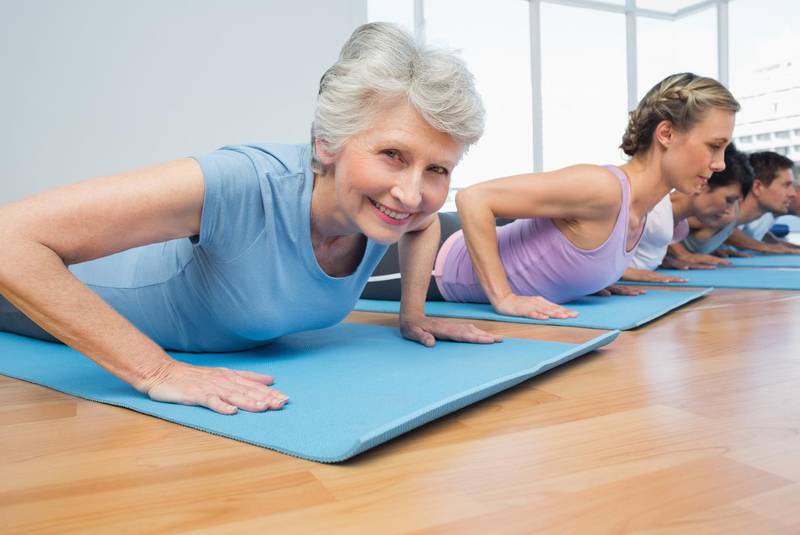Why you should want it, how you can get it!
There are many exercise trends that come and go. However, core strengthening has grown in popularity in recent years and is likely here to stay.
Medical research has shown that core strength contributes to posture, balance, functional ability and can significantly reduce pain in many areas of the body.
Many people understand core strength to mean abdominal strength and tend to think of traditional exercises like sit-ups or crunches. Although the large abdominals do have a role, there are other muscles in the deep abdomen, lower back, hips and even the pelvic floor that also contribute to core strength.
Strengthening these muscles requires doing isolated exercises and learning how to use them in functional movements. A strong core can help co-ordinate movements through daily activities and can also improve sport performance in activities like golf, curling and tennis.
If you enjoy a traditional strengthening workout, you can learn exercises from a physiotherapist or personal trainer that will target these areas and you can incorporate them into your regular routine. However, there are also a number of exercise classes that can help.
Pilates
Pilates focuses almost entirely on core strength and is sometimes done on a mat or, in some studios, using a specialized piece of equipment called a reformer. Its foundation is in ballet, where there is a strong focus on body alignment and control.
Yoga
Certain kinds of yoga also incorporate core strength and control as you move through the different poses. If you are considering a yoga class to build your core, talk to the instructor to ensure it isn’t a class that focuses on stretching only (i.e. yin). Some yoga classes may have an option of using props, such as a chair, if you are not able to get down to the floor.
Tai chi
The movements in tai chi are done slowly, with control and a focus on body posture and position. Although it is not as rigorous a workout as some of the other types of exercise, it can still improve core strength and movement co-ordination. It has the added benefit of being able to be adapted to the seated position if doing a standing exercise is not suitable for you.
Home videos
There are many home exercise videos and apps that can be used to target this area. However, if core strengthening is new to you, I would suggest having some guidance, either in a small group or one-on-one setting, first to ensure you are doing it properly.
Learning the techniques in these exercises takes time. If done incorrectly, they might not benefit you and could possibly cause discomfort. If you have any concerns about initiating a program, consider consulting a physiotherapist for a movement screen and to learn the basics of core strengthening before joining a class or starting exercises on your own.
Book an assessment with Zoomers
Use our online booking tool to find a time that works for you!


